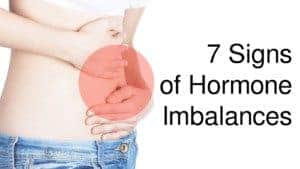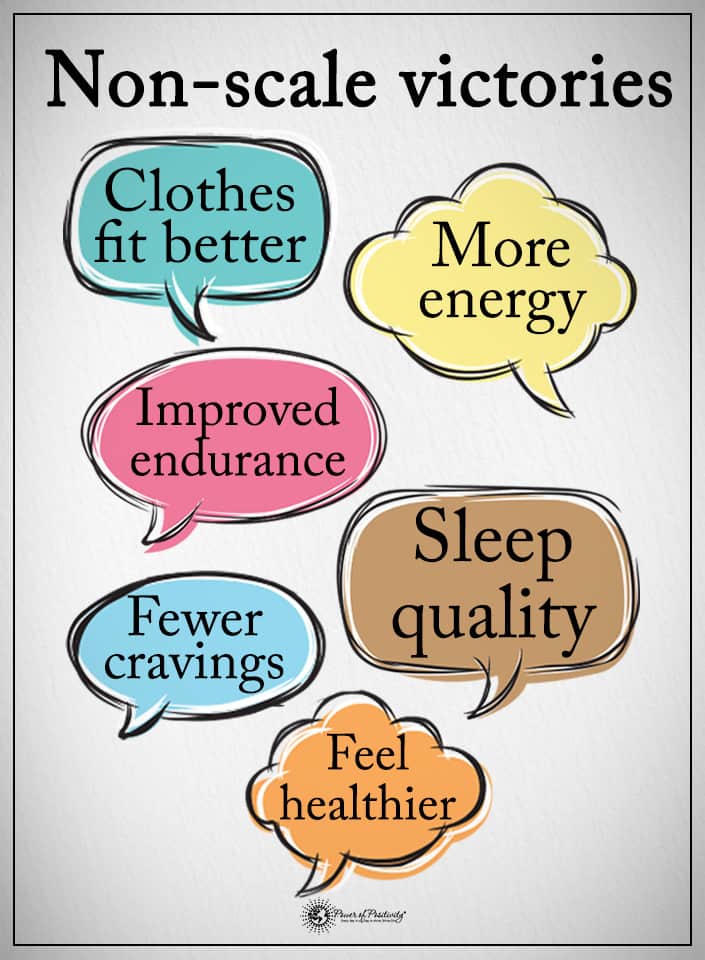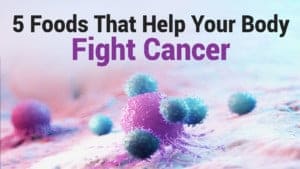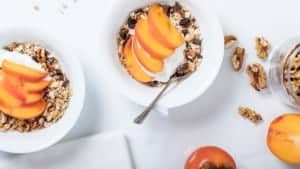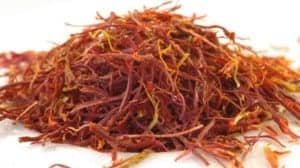Are you looking for a supplement that will provide multiple benefits and is easy to incorporate into your daily routine? The elderberry is a blue-black berry from trees or shrubs belonging to the genus Sambucus. Medicinal elderberries usually come from the species Sambucus nigra, which is native to both Europe and parts of North America.
While raw elderberries are mildly poisonous, they can be made into a variety of supplements that have health benefits. People can make these berries into syrups, lozenges, teas, wines, and capsules, and syrup for smoothies or yogurt.
12 Health Benefits of the Elderberry
1. Elderberries Are Nutritious
A cup of elderberries, or the equivalent, contains 106 calories. It also contains the following nutrients:
- 26.7 grams of carbohydrates
- 870 milligrams (mg) of Vitamin A
- 9 mg of Vitamin B9 (folate)
- 52.2 mg of Vitamin C
- 55 mg of calcium
- 2.32 mg of iron
- 406 mg of potassium
2. Elderberries Are A Good Source of Fiber
The same cup of elderberries also contains 10.2 grams of fibers – which is about a third of the recommended daily amount, according to the “2015-2020 Dietary Guidelines for Americans.” It recommends 28 grams of fiber for women and 34 grams of fiber for men.
Getting the recommended daily amount of fiber provides health benefits that include the following:
- Reduction of cholesterol
- Prevention of constipation
- Improvement of bowel function
- Reduction of blood pressure
- Protection from cardiovascular disease
- Protection from colorectal cancer
3. Elderberry Supplements Can Treat Colds and Strep Throat
Elderberries contain antioxidants like Vitamin C. They also reduce inflammation and boost the immune system. Their anti-inflammatory properties mean that they might soothe a sore throat. Elderberries also have anti-depressant properties, so they can improve a patient’s mood while they are recovering.
4. Supplements Can Relieve Influenza Symptoms
In 2004, the “Journal of International Medical Research” described a study conducted during Norway’s 1999-2000 flu season. Researchers worked with 60 patients between 18 and 54 years old who had flu symptoms. They gave some patients a placebo and others a syrup made from elderberries. Both sets of patients were given syrup four times a day over a five-day period. The patients who got the elderberry syrup experienced relief of their symptoms by an average of four days earlier than the patients who were given the placebo. They also needed to take less medication than the patients who were given the placebo.
Extracts from elderberries can inhibit the Streptococcus bacteria that cause strep throat. They can also fight influenza B and A viruses.
5. Elderberries Can Treat Acne
Elderberries contain lots of flavonoids, which are nutrients found in plants. They have anti-inflammatory and antioxidant properties and can thus protect the skin from free radicals that can cause conditions like acne. A face wash made from elderberries is also an antiseptic and can be used to treat acne.
6. This Supplement Strengthens the Immune System
Elderberries can reduce the chances of contracting flu and colds. In 2016, the science journal “Nutrients” described a study involving volunteers who traveled by plane, which often puts stress on the respiratory system. The researchers worked with 312 volunteers who were taking a plane to Australia.
They gave a placebo to some of the volunteers and an extract made from elderberries to the others. The travelers had to take the capsules ten days before and five days after their flight. Both groups had to fill out surveys describing any upper respiratory systems before and after the trip.
Seventeen of the travelers who got the placebo got sick compared to twelve of the travelers who were given the extract. The travelers, given the placebo, also stayed sick for a longer time.
In fact, the travelers who were given capsules made from elderberries recovered from their infections two days earlier than the people given the placebos. They also experienced milder symptoms.
Elderberries contain lots of antioxidants, including Vitamin C, and those antioxidants help strengthen the immune system and prevent some types of illnesses. Elderberries can be made into gummies, capsules, or syrup.
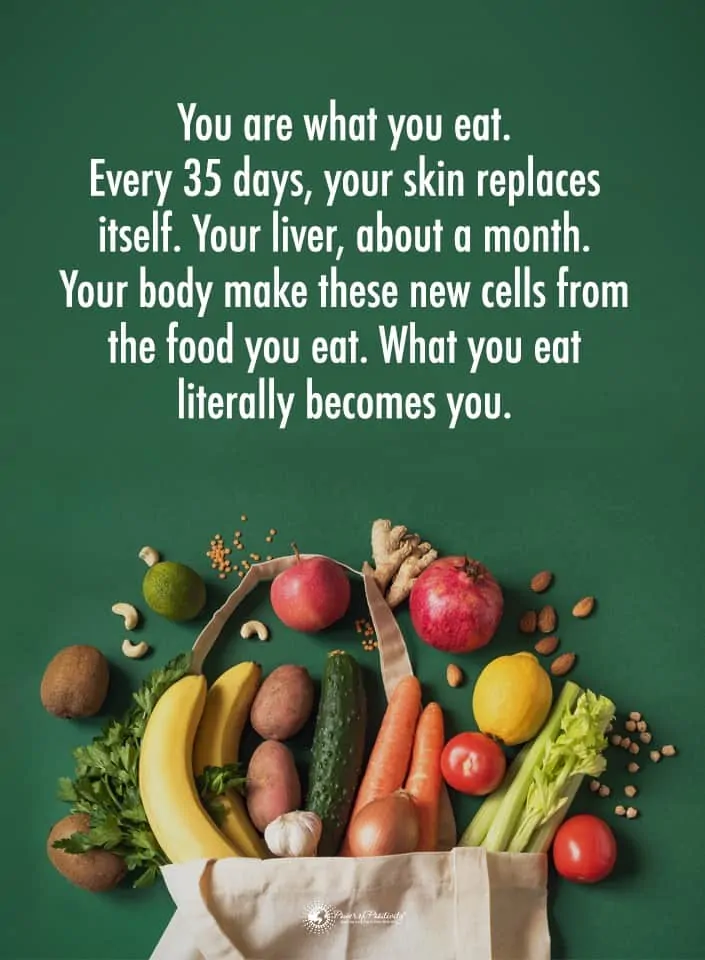 7. Elderberries Help the Heart
7. Elderberries Help the Heart
Elderberries contain a lot of potassium and thus help control blood pressure. A diet that is high in potassium benefits the heart and reduces the risk of fatal ischemic heart disease. Elderberries also contain anthocyanins, which are compounds that protect the inner wall of the blood vessels. That protection reduces the risk of heart disease by improving circulation, so the blood flows more easily.
In 2013, the “British Journal of Nutrition” described a study conducted by German researchers who worked with 42 obese and overweight women who had not yet passed through menopause. During an eight-week period, the scientists gave some of the women capsules containing powdered elderberries and gave the others capsules containing a placebo. They also had the women exercise on treadmills. By the end of the eight weeks, the women who had been given powdered elderberries showed greater improvements in their circulation than the women who had gotten the placebo. They also showed a greater reduction in their ox-LDL (oxidized low-density lipoproteins) levels, which meant their atherosclerosis had declined.
A 2010 study found that berries, in general, are good for the heart. Researchers published a paper in the science journal “Nutrition Reviews,” in which they examined the health benefits of eating different types of berries or taking extracts made from berries. Those benefits include the prevention of heart disease, and the researchers thus recommend that berries be part of a “heart-healthy diet.”
8. Elderberries Can Help Prevent Cancer
Elderberries contain a flavonoid called quercetin that has anti-inflammatory and antioxidant qualities. It also stimulates the immune system and may aid cancer treatments. A study conducted at the University of Missouri’s College of Agriculture, Food & Natural Resources indicated that elderberries could both prevent and treat prostate cancer. The researchers found that high concentrations of elderberry can inhibit a biochemical process called hedgehog signaling, which has been implicated as a cause of prostate cancer.
9. These berries Keep Skin and Hair Healthy
Elderberries owe their color to anthocyanins, which also help protect the skin. An extract from the fruit can reduce bruising and inflammation. The antioxidants in elderberries mean that the extract can also be used to treat herpes. The Vitamin A in elderberries can reduce and prevent the development of wrinkles.
Elderberries can improve the health of a person’s hair. Oil or serum made from the berries can treat split ends and may even stimulate new growth.
10. Ideal to Help Brain Health
Elderberries contain nutrients like flavonoids that can slow the cognitive decline that often accompanies aging. In 2014, the science journal “Frontiers in Pharmacology” published a review of different studies devoted to the effects of flavonoids on the brain. The researchers found studies that demonstrated that the anthocyanins in various berries, including elderberries, could improve the health of both the brain and the neurons. At least one study found that flavonoids in blueberries could improve memory.
The quercetin in berries also helps keep the brain healthy. Its antioxidant properties help it protect the brain. The scientists found at least a couple of studies that found quercetin could help patients with vascular dementia by reducing the size of the ischemic lesions in their brains. Quercetin can improve memory, and it may help repair nerves damaged by injuries to the spinal cord. It can also stimulate the mitochondria in the cells and thus boost their health, and it also reduces inflammation.
11. Elderberries Help Your Eyesight
Elderberries contain a lot of Vitamin B6 and Vitamin A, both of which help eyes stay healthy. They can, for example, decrease the risk of serious eye diseases like macular degeneration and glaucoma. The antioxidants in berries also help protect the eyes. The anthocyanins in elderberries reduce inflammation, and people have used the berries to treat inflammation of the eyes.
12. Elderberries Help Promote Weight Loss
Since elderberries contain lost of fiber, they help people stay full longer and prevent them from overeating. They thus help them lose weight.
The journal “Phytotherapy Research” reported a 2008 study in which researchers treated 80 obese patients with extracts made from elderberries and asparagus. At the end of the study, they found that the volunteers had lost weight. Their blood pressure had also gone down, and they felt better, both physically and emotionally. Most of the participants reported that they found the treatment very easy to follow.
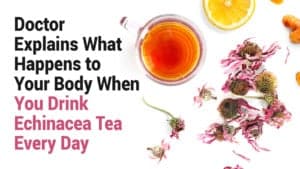 Final Thoughts on Using Elderberry Supplements
Final Thoughts on Using Elderberry Supplements
Humans have used elderberries since antiquity. Hippocrates (460 – 370 BC), the Greek physician sometimes called the “Father of Medicine,” described the elderberry as his “medicine chest” because of its many beneficial uses.
As already mentioned, people should not eat elderberries raw, for they can cause nausea and vomiting. However, you can opt to cook elderberries for use in a variety of foods, including jams and pies. You can also use them in a wide variety of supplements.
Elderberries prove to have a number of health benefits, and researchers are finding still more possible uses for them. They may, for example, be helpful against gingivitis. Many people would benefit from adding elderberries to their list of supplements.



